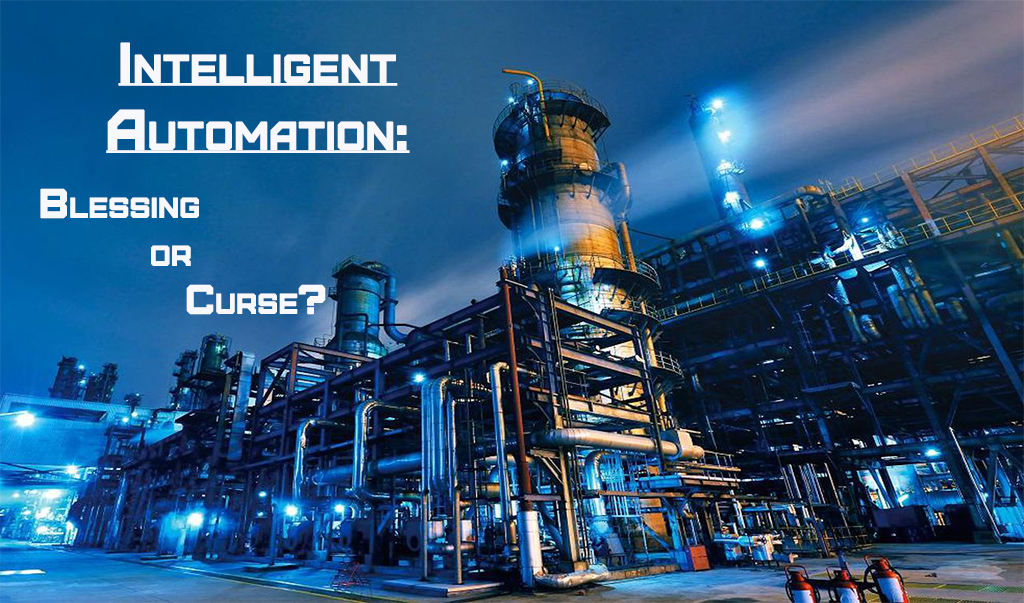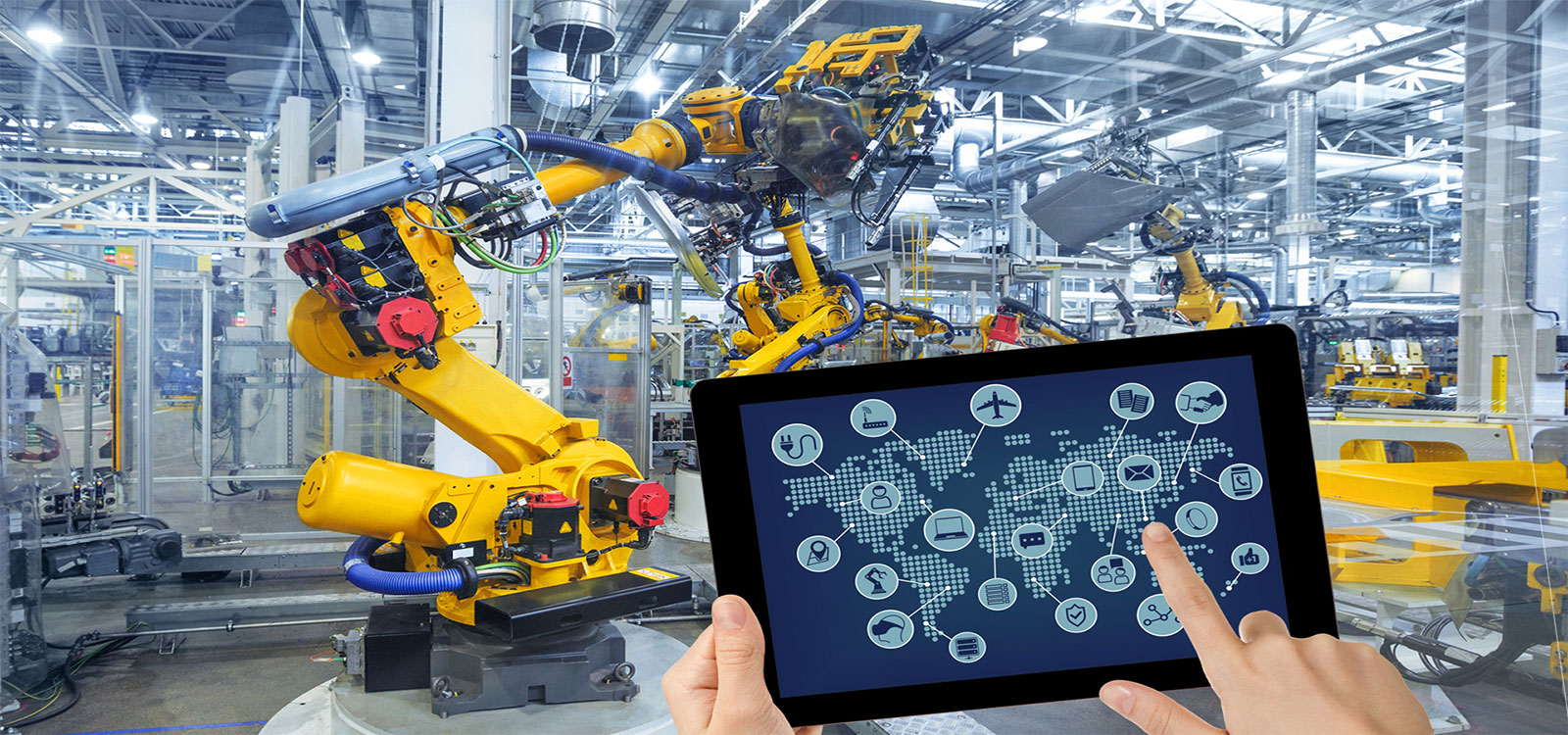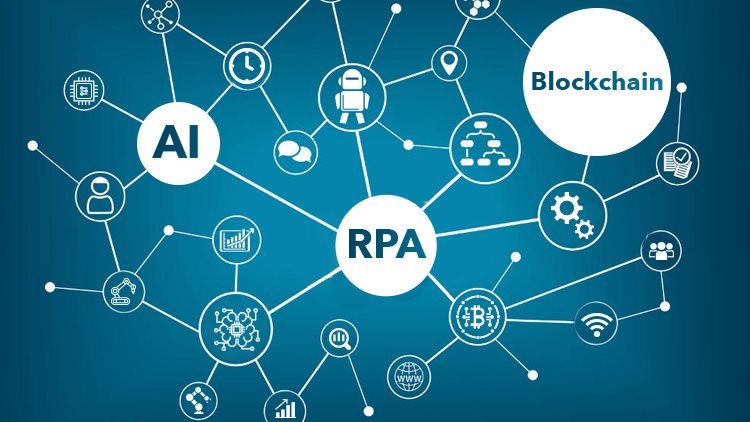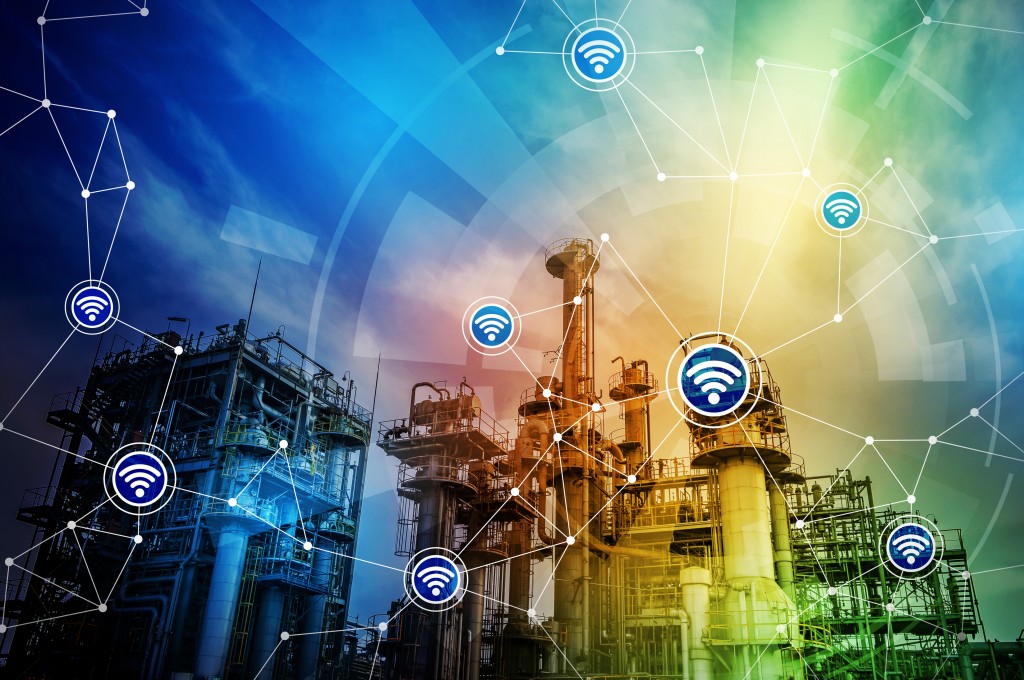Intelligent Automation – Blessing or Curse?
4 November, 2019


The blend of artificial intelligence with automation has produced a new approach to smart manufacturing and technology. It’s also introduced a lot of fear and contentious thought about machines and software replacing people in the workplace. While Hollywood and our authors of science fiction have painted a negative picture of how robots and machines will rule humanity in the future, that outcome couldn’t be farther from the truth.
Siemens, an industrial leader in the world of intelligent automation, has developed a concept for a “lights out” manufacturing operation that can run unsupervised for weeks. However, that doesn’t imply that people aren’t required to make the concept work. Under this concept, Siemens predicts that it will take 1,150 employees to keep the plant running at top efficiency. These employees are conceivably the same employees that used to operate the production line using traditional machines. They just have different roles now. These employees have now been retrained to be programmers, data monitoring techs, and machine maintenance based on predictive maintenance recommendations provided by data analysis and insights performed using edge computers locally in the plant.
This is what intelligent automation in action is today. The smart machines and software are working side by side with their human counterparts. This technology provides strengths and capabilities that are complementary to human skills. Intelligent automation delivers the ability to operate at the scale and speed demanded by the incredible changing pace of a data-driven digital operation. The addition of smart machines and software is reinvigorating the workplace by making it possible for machines and humans to work differently using a continually changing set
of rules to do things.

The Technology of Intelligent Automation
The intelligent part of this comes from artificial intelligence, as I mentioned at the top of this article. However, artificial intelligence itself is an umbrella term that encompasses many branches of technology. Let’s talk a little bit about what branches of AI are applicable here. Many of these branches are defined more by the industries they serve, but the ones listed are the ones most used in Intelligent Automation.

Machine Learning (ML)
These are software algorithms that are very complex and act as the teacher to train the computer on how to learn. It’s a massive data-driven function that identifies trends and behaviors that the machine eventually understands from a vast set of lesson-learned from data collected from embedded sensors in the production machinery. One of the early AI results from this effort is the development of predictive maintenance actions that can be scheduled to keep the production line operating at peak efficiency.
Natural Language Processing (NLP)
This is the ability of a computer program to understand human language as it is spoken and used in the finance industry for fraud prevention and in the retail sector for customer behavior from a source such as social media.
Computer Vision
This is all about methods to acquire, process, analyze, and understand digital images and videos. The purpose is to automate tasks that the human visual system can do, such as facial recognition or verify the identity of a person from a digital image or video source. Law enforcement is a primary user of computer vision methods.
Knowledge Representation
Technology used in industries such as healthcare to analyze massive amounts of data to automate data collection, such as doctor’s names, cost figures, and various other data of interest such as patient complaints to determine the operating efficiency of clinics and hospitals.
Reasoning and Planning
Used for tasks such as automated planning and scheduling. Sometimes this is called robotic process automation (RPA), where you train machines to do rule-based tasks that humans tend not to like doing.
The power of using AI-inspired intelligent automation is that it changes the rules by empowering its human companions to create new products and services for the machine that was impossible for humans even to attempt.
The bottom line is that intelligent automation enables fundamental changes to how businesses and humans work. Machines complement the human function through strengths and capabilities humans don’t have, such as speed to analyze and capacity to sort through zettabytes of information quickly for insights that would otherwise go unnoticed.
Intelligent Automation Challenges - Connectivity

We could talk for hours about the social impacts and challenges intelligent automation poses for society, but we already covered that lightly in the previous paragraphs. Let’s concentrate specifically on the challenges that connectivity poses for in the face of the exponential rise in the numbers of devices and zettabytes of data being created for intelligent automation to handle.
Many enterprises start small when it comes to automating their operations. Typically that means they create little islands of automation that serve maybe a few thousand devices. The connectivity of that type of approach leads to a long-term gap in the capacity of the connectivity solution to service a fully connected automated facility. The lack of adequate capacity then becomes a complex issue that requires an expensive fix. The connectivity architecture update will be an unplanned cost. If care wasn’t taken to ensure the compatibility of each island of automation, the upgrade of the disparate legacy systems could be a real headache. The realization of lowered production costs increased speed to market of new products, and innovation of business processes (RPA) could be a long-term effort. You would lose your competitive edge for an extended period.
The fix for that is to make sure your long-term planning ensures that your automation hardware and tools are chosen with an open network strategy that can interface with many different network protocols. The use of programmable logic controllers (PLCs) to control plant assets will deliver much of the vital data needed to implement the concept of a smart factory. Even if your business isn’t sending the plant data to a higher-level data warehouse, that data is then available for use at your edge computing layer to perform analysis for insights into how to make your production facility more efficient.
The Benefits of Intelligent Automation within the Smart Factory
Once you’ve developed an enterprise-wide intelligent automation asset, your smart manufacturing efforts will enable you to upgrade your production operations. It will:
- Provide greater flexibility in meeting customer demands
- Maximize plant efficiency through favorable scheduling choices
-Achieve minimum downtime when retooling or doing preventive maintenance based on predictive data insights gained from data analysis at the edge
In the final analysis, these benefits will lead to higher profitability and a sharper competitive edge.










